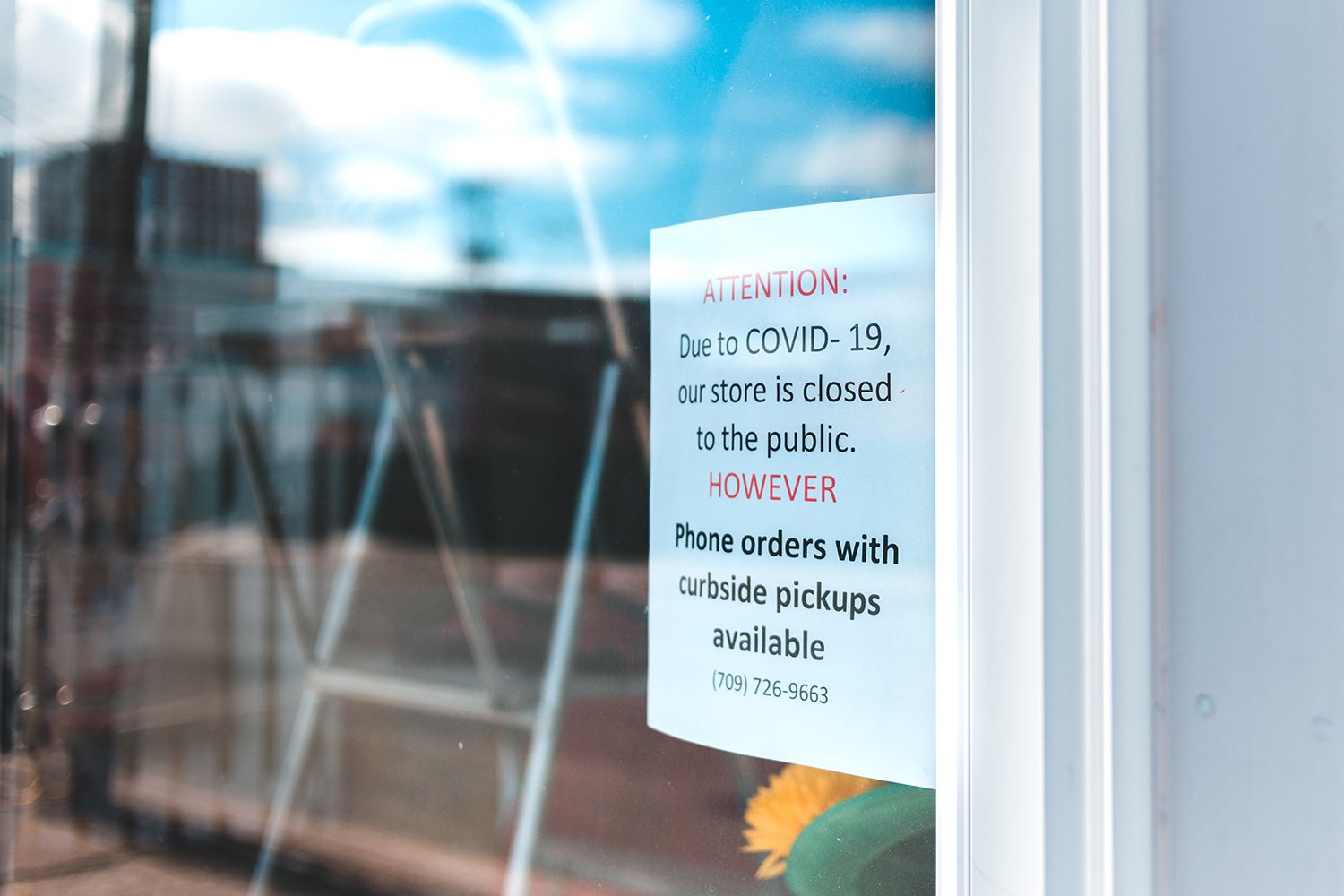
Bill Status, Updated March 31, 2020: Signed by President Trump, March 27 .
$2 trillion is on its way to provide relief for Americans, hospitals, and businesses affected by the coronavirus. Here's what you need to know as an employer on what’s in the Stimulus Package.
Money for Americans
The bill includes $1,200 cash assistance for individuals, $2,400 for married couples, and $500 per child under the age of 17. This money will be made available for all US residents earning $75,000 per year or less. Those making more than $75,000 will receive less money, and individuals with an income of more than $99,000 will not qualify at all. The thresholds are double for married couples.
Treasury Secretary Steven Mnuchin stated that he expects most people to get their payments within three weeks— so by April 16.
Individuals with direct deposit set up with the IRS will receive payment sooner than those receiving checks by mail.
Money for Small Businesses
$370 billion will be dedicated to aiding small businesses (500 employees or less) via loans backed by the Small Business Association (SBA). Loans are limited to $10 million free of fees and include a 4% cap on interest rates.
Unlike other programs that require businesses to deal with the SBA directly, the new program allows for individual lenders to use their own paperwork to process loans upon approval from the SBA. The bill also waives standard SBA loan requirements such as a personal guarantee or collateral.
Loan forgiveness is available for portions of the funding used for:
- Up to eight weeks of payroll expenses— as long as the funds are used within the first two months of receipt and the company does not lay off any employees.
- Mortgages
- Rent
- Utilities
Banks lending the money will receive reimbursement for those portions from the Treasury Department.
Small businesses hoping to qualify for these loans should reach out to their bank to see if they are in the SBA’s network of lenders or will be participating in the program. For more information on how to apply for these loans visit the Small Business Association website.
Boosted Unemployment Benefits
In addition to removing the waiting period for unemployment insurance, the federal government has expanded coverage even further. Jobless workers will now receive an extra $600 a week for four months on top of state benefits provided, which typically average between $200 and $550 a week.
Other provisions in the bill include extending benefits to gig workers, independent contractors, and workers whose hours are reduced significantly, as well as expanding payments by 13 weeks.
Tax Credits for Small Businesses
In addition to the tax credits provided under the Families First Coronavirus Response Act, the stimulus package includes a refundable 50% tax credit on up to $10,000 in wages paid during the Coronavirus, per employee.
To qualify for the tax credit, a business must prove that:
(1) operations were fully or partially suspended due to a COVID-19-related shut-down order or;
(2) they took a 50% loss compared to the same quarter last year.
Taking the credit excludes businesses from obtaining special SBA loans.